Summary
It consists of three lakes - Sheridan, Lakota, and Pactola. The area is known for its abundant fish species, including rainbow and brown trout, northern pike, walleye, and smallmouth bass.
Fishing Tips:
- Use bait that mimics the natural food of the fish you are targeting
- Fish during early morning or late evening when the fish are most active
- Use a boat or kayak to access deeper waters and cover more area
- Pay attention to weather conditions and adjust your fishing techniques accordingly
Best Time to Visit:
The best time to visit Sheridan Lake Complex is during the summer months (June-August), when the weather is warm and the fishing is at its best. The average temperature during this time is around 70-80°F.
Nearby Activities:
Apart from fishing, Sheridan Lake Complex offers several other activities for visitors, including hiking, camping, picnicking, and wildlife viewing. The area is also home to several historic sites and scenic drives, making it a popular destination for tourists.
In summary, Sheridan Lake Complex is a great fishing destination in South Dakota, offering a variety of fish species and outdoor activities for visitors. The best time to visit is during the summer months, and fishing tips include using the right bait and fishing at the right time of day.
Weather Forecast
Nearby Streamflow Levels
Angling Safety Guidelines
Check local fishing rules, seasons, size limits, and license requirements to ensure legal and sustainable angling.
Handle Fish Responsibly
Use wet hands, minimize air exposure, and release fish gently to improve survival rates when practicing catch-and-release.
Choose the Right Gear
Match your rod, line, and tackle to the species and conditions to increase success and reduce unnecessary harm to fish.
Respect the Waterway
Avoid disturbing habitat, prevent bank erosion, and keep a safe distance from spawning areas to protect ecosystems.
Keep It Clean
Pack out all line, hooks, bait containers, and trash—discarded gear can injure wildlife and degrade waterways.

 Horsethief Lake Day Use Site
Horsethief Lake Day Use Site
 Rapid Creek Trailhead & Fishing access
Rapid Creek Trailhead & Fishing access
 Veterans Point Fishing Pier
Veterans Point Fishing Pier
 Lakota Lake
Lakota Lake

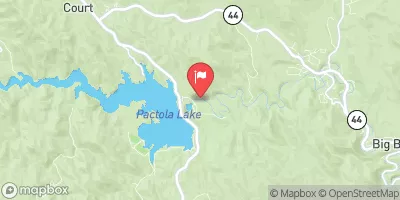

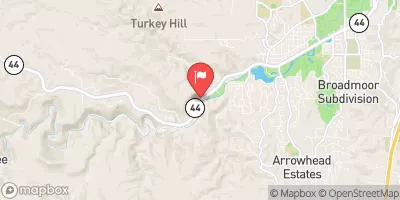
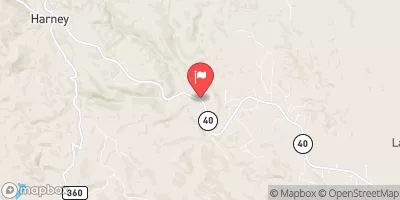
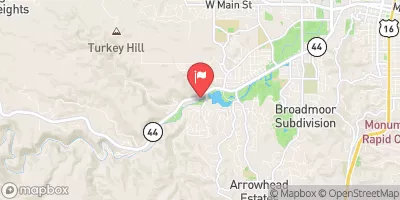
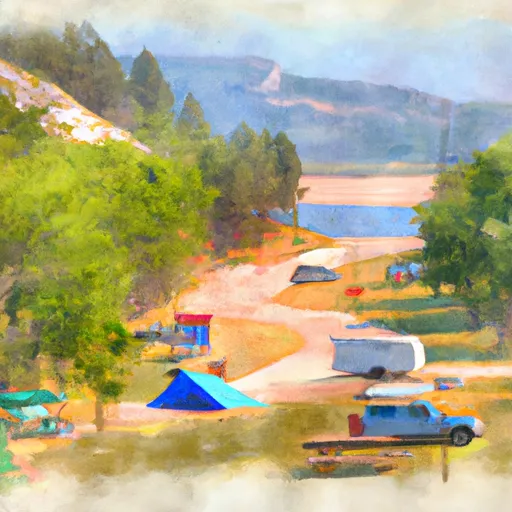 Sheridan Lake South Shore Campground
Sheridan Lake South Shore Campground
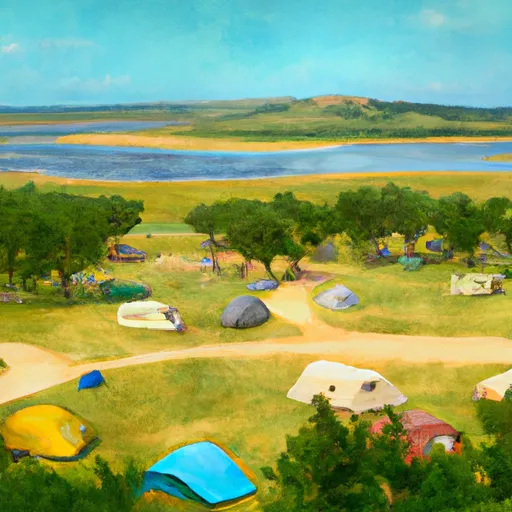 Sheridan Lake North Cove (Group Sites) Campground
Sheridan Lake North Cove (Group Sites) Campground
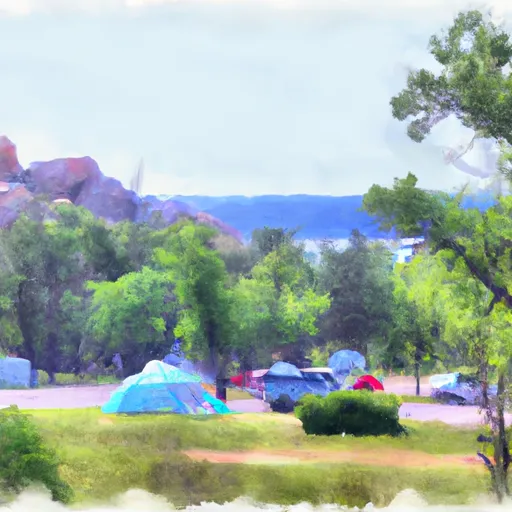 Sheridan Lake South Campground
Sheridan Lake South Campground
 Sheridan Lake
Sheridan Lake
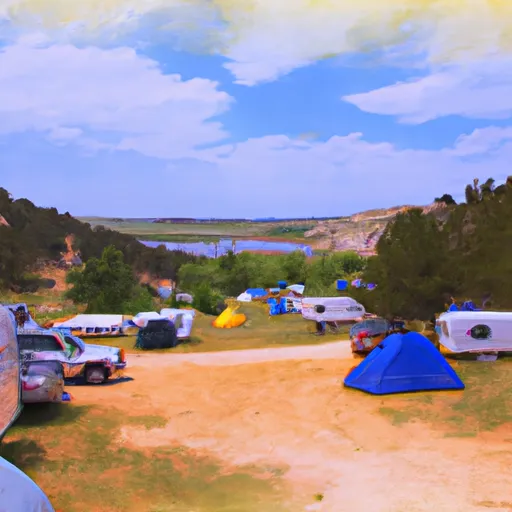 Horse Thief Lake Campground
Horse Thief Lake Campground
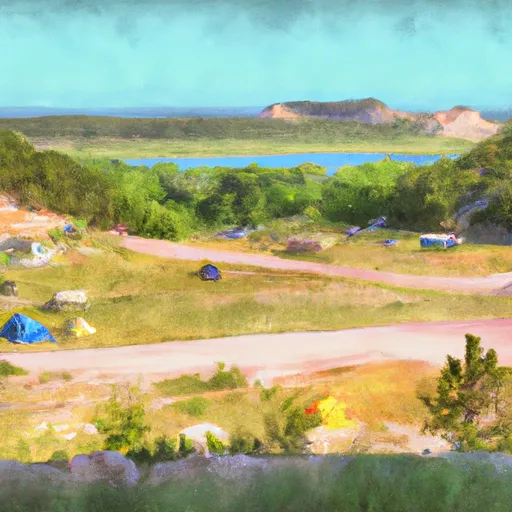 Horsethief Lake Campground
Horsethief Lake Campground
 Sheridan Lake
Sheridan Lake
 Sheridan Lake Road 16451, Rapid City
Sheridan Lake Road 16451, Rapid City
 Wilderness Black Elk
Wilderness Black Elk
 Canyon Lake Park
Canyon Lake Park
 Old Storybook Island
Old Storybook Island
 Sioux Park
Sioux Park